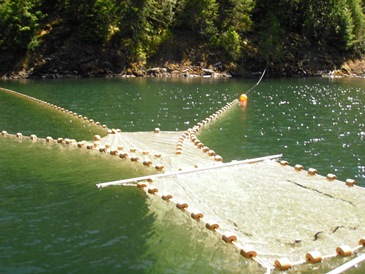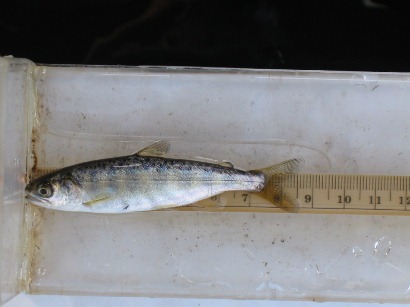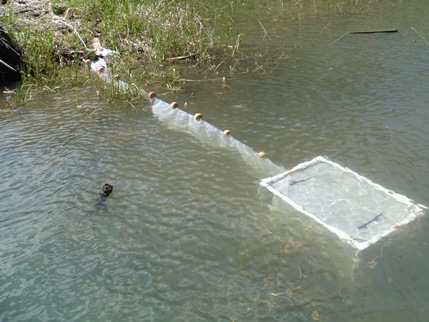Life-History Characteristics Of Juvenile Spring Chinook Salmon Rearing In Willamette Valley Reservoirs
Reservoirs do not represent the natural free-flowing streams that Chinook and steelhead normally rear in for 1-2 years before migrating to the ocean. Little is known how juvenile salmonids use reservoir habitat and a better understanding is necessary to successfully develop downstream passage for juveniles. Baseline monitoring and evaluation tasks under the life-history of salmonids in reservoirs project include:
- Characterize juvenile spring Chinook salmon distribution in reservoirs.
- Determine distribution of fry and parr in spring
- Determine vertical distribution of parr in reservoirs.
- Evaluating relative growth rates between reservoir and stream rearing juveniles.
- Assess predation vulnerability of juveniles to piscivorous fish in reservoirs.
- Determine predator species composition and relative abundance.
- Assess consumption rates of predatory fish on juvenile Chinook salmon.
- Assess the level of parasitic copepod infection on juvenile Chinook rearing in reservoirs
- Monitor temporal changes in infection level of reservoir- and stream-rearing juveniles.
Methods
Data for this portion of the project are collected in lentic habitats within the reservoirs in the upper Willamette Basin. We use a variety of sampling methods to capture juvenile salmonids in Detroit, Foster, Cougar and Lookout Point reservoirs; Oneida traps, mini-oneidas, nearshore box traps, floating and sinking gill nets, beach seines, pole seines, and any other type of trap we can find (or fabricate) that proves effective at catching fish. This sampling effort requires a lot of boat work and working in inclement weather.


